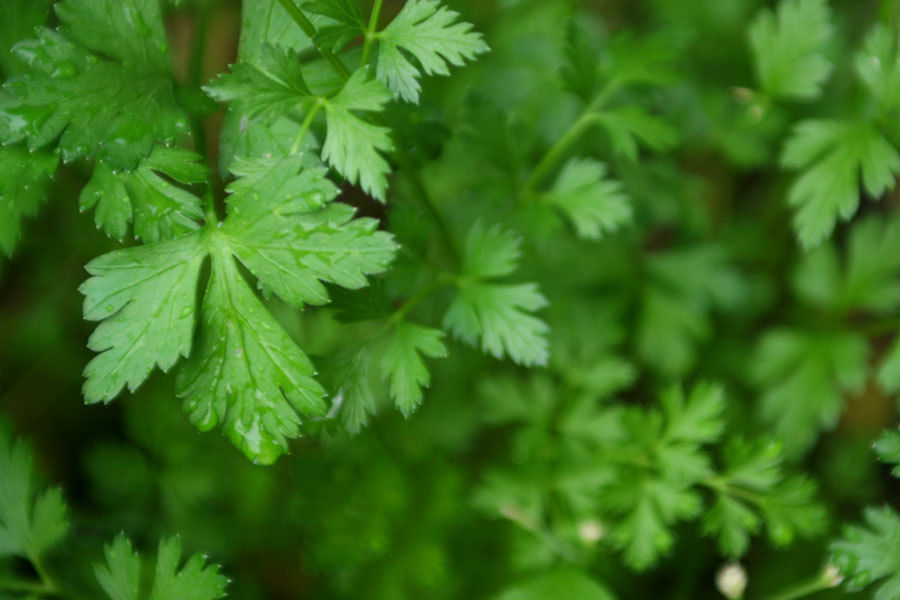top of page

MANGO,TEAK,BAMBOO,MAHOGANY
PLANTATION,NURSERY,SUPPLIER
Mahogany African plants and seed supplier. Jamun Plant nursery, guava plant nursery, lemon plant nursery, fruit plant, mango,amla,LEMON plant nursery, jackfruit plant, pomegranate plant, tissue culture teak, sagwan, BAMBOO ,mahogany plant nursery, eucalyptus clone plant, poplar plant nursery.
SANDALWOOD PLANTS AND SEEDS SUPPLY.
IN RAJASTHAN, BIHAR HARYANA,MADHYA PRADESH,BIHAR,UTTAR PRADESH,TAMILNADU,TELANGANA WEST BENGAL ,PUNJAB,MAHARASHTRA,GUJARAT,KARNATAK,CHATTISGARH,JHARKHAND,HIMACHAL PRADESH,JAMMU.
Tissue culture bamboo, sandalwood plant nursery, agriculture seed supplier for nursery chandan, supplier, manufacturer tissue culture teak plantation,tissue culture sagwan teak plantation service, guava, lemon, teak sagwan plant
MAHOGANY PLANTATION
Mahogany trees do best when planted in areas that receive partial to full sun.
Avoid heavily shaded areas.
Note that these trees are considered tropical varieties and thrive best in warm climates. Harsh winters can easily damage or destroy mahogany trees. Think twice about planting a mahogany tree if your winters reach below temperatures of 40 degrees Fahrenheit (4.4 degrees Celsius).
Mahogany trees can grow in a range of soil types, but they do thrive best in well-drained sandy loam soils.
Avoid heavy clay soils and duplex soils.
Mix organic material into the hole. Add composted cow manure and topsoil to the hole, mixing it into the soil at the bottom and sides of the hole with a shovel or garden fork.
· Note that organic peat moss can be used instead of topsoil, if desired.
· If desired, you can skip the soil amendments altogether. Doing so can make it more difficult for the tree to establish itself, but if you wish to add fertilizer to the area after planting the tree, there shouldn't be a problem.
Additionally, mahogany trees do best in neutral soils. They can survive in strongly acidic soils, too, but avoid planting them in alkaline soils. If you need to use naturally alkaline soil, amend it with sphagnum peat, ammonium nitrate fertilizer, sulfur-coated urea, or agricultural sulfur.
Most mahogany trees are resistant to salt spray, so soils frequently drenched by salt water mist should not present a problem.
Water regularly. Use a garden hose to water the soil around the tree once a week, applying just enough water to create visible moisture on the surface of the soil.
· During rainy seasons, additional waterings may not be needed. On the other hand, during abnormal droughts, you may need to increase your watering schedule from once to twice a week. Regardless of how the weather is, the idea is simply to keep the soil regularly moist.
· Consistent sources of water are especially important while mahogany trees are young and have not yet established themselves. Fully mature trees can tolerate some drought without dying, but dry spells may cause the tree to drop its leaves early for the season.
Since mahogany trees have deep root systems, you should make sure that the soil you plant it in runs deep, too.
Fertilize three times each year. Feed the tree with a dose of fertilizer in the spring, summer, and fall. Use a balanced granular fertilizer for best results.
· The same type of fertilizer used at the time of planting can be used for yearly maintenance. The fertilizer should contain equal parts nitrogen, phosphorus, and potassium.
· Follow the dosage instructions provided on the label of the fertilizer used. For best results, mix the fertilizer into the soil around the tree instead of spreading it over the surface of the soil.
To give the tree another boost and help the sapling establish itself, consider applying a balanced fertilizer containing equal parts nitrogen, phosphorus, and potassium.
These fertilizers will usually be labeled as 10-10-10, 30-30-30, or something similar.
Apply 0.22 to 0.44 lb (100 to 200 g) of fertilizer per tree.
You should apply the fertilizer in small pockets of soil around the perimeter of the tree. Do not spread it into the planting hole or along the surface of the ground. Surface fertilization can result in weed growth.
Prune young mahogany trees. During the first two to eight years of the tree's life, yearly pruning can help control the height and spread of the tree.
· Check the arrangement and space between limbs. The healthiest mahogany trees will have several evenly spaced major limbs that spread out along one central trunk or central leader. As the tree grows, these limbs will be at least 2 feet (61 cm) apart from one another, if not further.
· Prune away any upright leaders aside from the central trunk. These upward growing branches can make it more difficult for the tree to tolerate strong winds
· Cut away any branches that grow larger than two-thirds of the diameter of the central trunk. Such limbs can put stress on the tree and shorten its lifespan.
Watch out for pests. There are a few common pests that may present a problem to the health and longevity of your tree. When you spot such pests, apply an appropriate pesticide to the area.
· Some of the biggest problems come from shoot borers, longicorn beetles, powder post beetles, tent caterpillars, tip moths, scale, leaf notchers, leaf miners, Cuban leaf beetles, mahogany webworms, and Sri Lanka weevils.
· Among these insect pests, borers present the greatest threat to the health and longevity of the tree. When borers are present, pesticides should be applied.
· The best way to save a mahogany tree facing nectria infection is to remove the infected wood. You may also apply a fungicide to the tree, but fungicides do not always work on this particular type of infection.


The best of (Revolving Earth Agro is the service after sale. As we have franchisee in different states , services are unlimited . On call assistance, frequent visit from our technical team.
HURRY UP !!!!!!!!!!!
bottom of page





